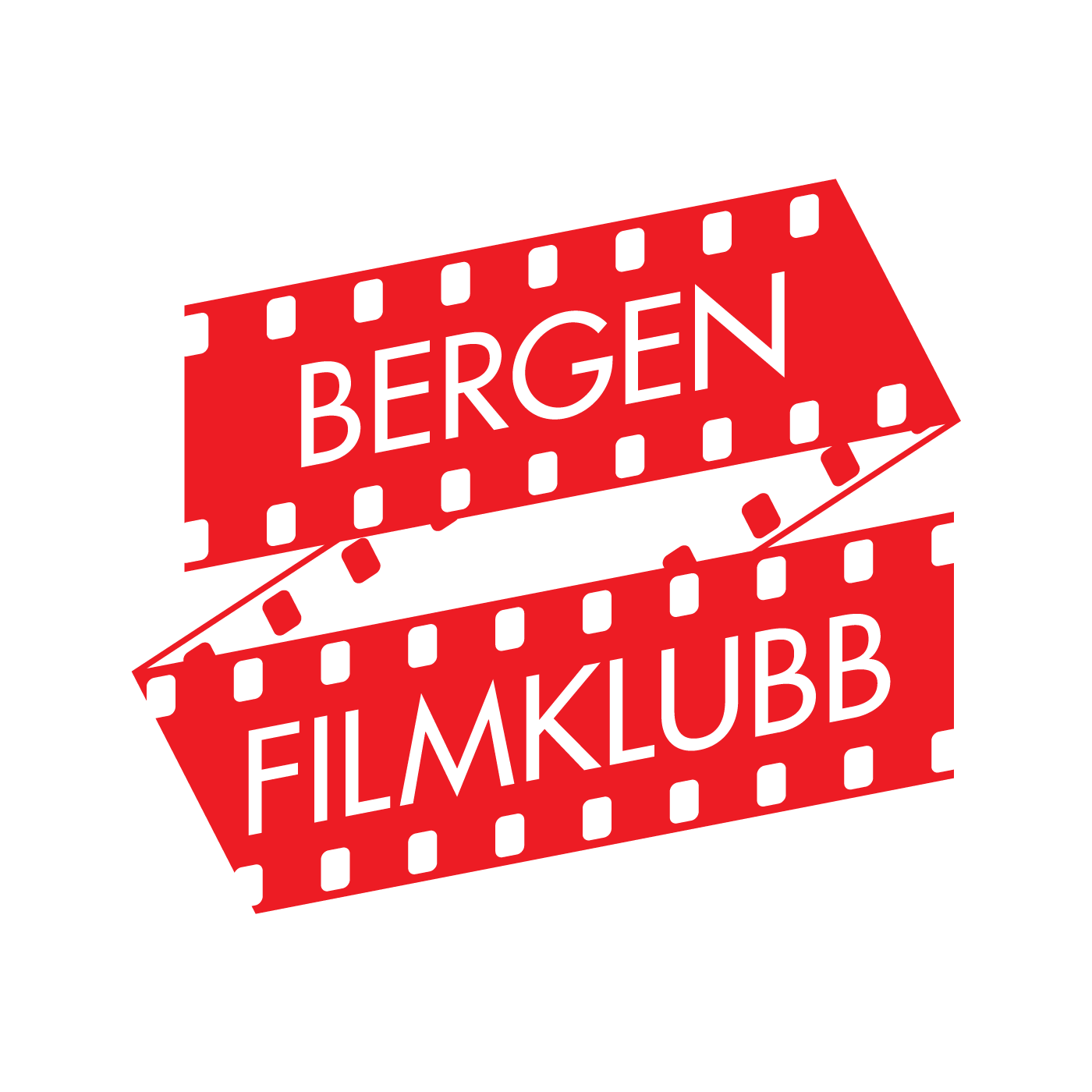Info:
Visningsformat: DCP (2.35:1)
Originaltittel: Андрей Рублёв
Regissør: Andrej Tarkovskij
Manusforfattere: Andrei Konchalovsky, Andrei Tarkovsky
Skuespillere: Anatoly Solonitsyn, Ivan Lapikov, Nikolai Grinko
Produksjonsland: Sovjetunionen
Språk: Russisk
Lengde: 3 timer 25 minutter
Nor:
Tarkovskijs andre film er løst basert på livet til den kjente russiske ikonmaleren Andrej Rubljov. Hoveddelen av filmen er delt inn i åtte kapitler som foregår i en svært autentisk gjenskapning av storfyrstedømmet Moskva fra 1400 til 1423, en turbulent periode med et fragmentert Russland på vei ut av 200 år med mongolsk okkupasjon.
Et av hovedtemaene i filmen er forholdet mellom kunstneren, samfunnet og kunstnerens konflikt med autoritet. Dette var svært relevant for Tarkovskij. Filmen, som var ferdigstilt i 1966, fikk ikke kinopremiere i Sovjetunionen før i 1971, og da i en svært sensurert versjon.
Eng:
Tarkovsky's second full-length film (after Ivan's Childhood, released in 1962) and his first independent project is an exploration of the poetic genius of the great Russian painter, Andrei Rublev.
It presents a myth about Russia, a myth about art and invents a new myth of Rublev through the desire to present his raw lived experience in the raw and textured material reality of early 15th century medieval Russia.
"Following Rublev's example I was keen to investigate the matter of the psychology of artistic creativity and look into the emotional state and civic experiences of an artist who's working on the creation of spiritual treasures of timeless significance."
It exists very little written documentation about Rublev, so the life of the historical figure is mostly made up based loosely on facts.
"In order to achieve the truth of direct observation, what one might term psychological truth, we had to move away from archaeology and ethnography."
Structurally the screenplay consists of a prologue, 8 chapters, followed by an epilogue. The main part of the film is a succession of short stories that takes place in the Grand Duchy of Moscow from 1400 to 1423. A period of unrest and power struggle, with a non-unified Russia just emerging from 200 years of Mongol occupation.
"One of the aims of our work was to reconstruct for a modern audience the real world of the 15th century. That is to present that world in such a way that costume, speech, lifestyle and architecture would not give any sense of being relic or of antiquarian rarity."
And worth mentioning, since Rublev himself was a monk, this was also a time when a revival of monasticism was taking place. But although dealing with spirituality and catholicism the actual practice of religion is de-emphasized throughout the film. What is emphasised though is the relation between the artist and society, and a very relevant topic at the time of release is presented: the conflict of the artist and authority.
The screenplay was completed in 64', shooting began in 65' and the film was finished in 66'. But Tarkovsky's searching spiritualism was in conflict with the scientific materialism of the Soviet System. And furthermore the realistic violence, nudity and his portrayal of miserable Russian people living in neglect was not very popular with Goskino (USSR State Committee for Cinematography) who demanded the film be cut heavily. After 3 years of cuts a version of the film screened at the 1969 Cannes Film Festival, it won the critics prize and was later released in France. And after several cuts more, a censored version was finally released in the Soviet Union in 1971.
Vises i "Tivoli" på Det Akademiske Kvarter (Olav Kyrres Gate 49)

